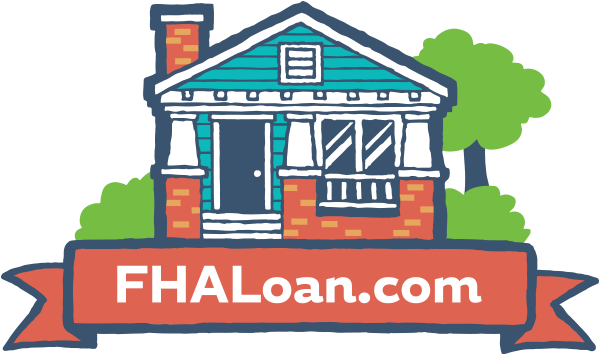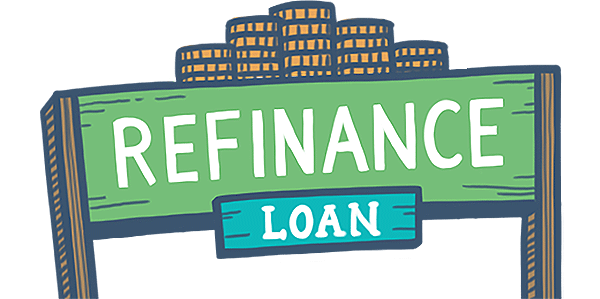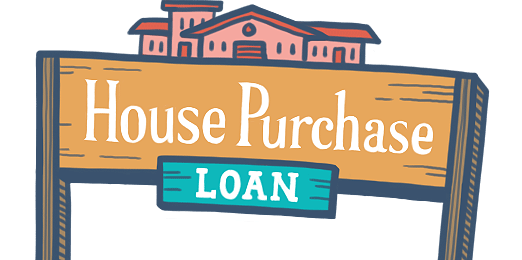FHA 203(k) Rehab Loans
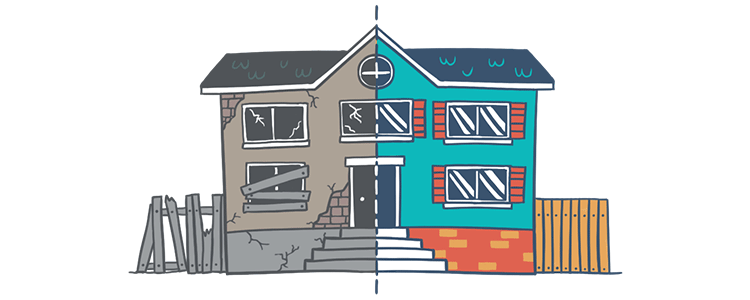
You might be one of the many Americans who decide to buy a “fixer-upper” home. Maybe it needs a whole new kitchen or the flooring needs to be redone. Whatever it is, you might be worried about financing the repairs as well as purchase for your new home. The FHA’s Section 203(k), or Rehabilitation Loan, helps both borrowers and lenders by insuring a single mortgage that covers both the purchase/refinance and rehabilitation of a property.
How it Works
Buying a home in need of considerable "rehabilitation" can be stressful when you’re not sure how to pay for it. Initially, it used to mean a complicated and expensive process, with high interest rates, short repayment terms and a balloon payment.
The FHA Rehabilitation Loan program allows lenders to cover the purchase or refinance, as well as the rehabilitation of the home, as part of a single mortgage. This loan can be used to finance a property that is at least one year old. A part of the money goes toward paying the seller—on in the case of a refinance, it pays off the existing mortgage—with the rest placed in an escrow account, disbursed as rehabilitation goes on.
To qualify for an FHA Rehabilitation Loan, the FHA requires that the total cost of repairs amount to at least $5,000. However, FHA Loan Limits still apply, so the total value of the property must fall within the lending limits for that area. With Rehabilitation Loans, the property value is determined by whichever is less:
- The home’s value before rehabilitation plus the calculated cost of repairs, or
- 110% of the appraised value of the property after repairs.
Keep in mind that the FHA Rehabilitation Loan comes with all of the flexible borrower guidelines that the FHA offers on its other mortgage and refinance programs. However, there are some additional fees that lenders can charge, such as a supplemental origination fee, fees to cover the preparation of architectural documents, and a higher appraisal fee.
Eligible Rehabilitation
FHA’s Section 203(k) insurance can cover anything from minor repairs (as long as they exceed $5000 in cost) to virtual reconstruction (a property that has been demolished as part of rehabilitation is eligible, as long as the existing foundation system is in place). According to HUD, the types of improvements that borrowers can make on their home with an FHA Rehabilitation Loan include:
- Structural alterations and reconstruction.
- Modernization and improvements to the home's function.
- Elimination of health and safety hazards.
- Changes that improve appearance and eliminate obsolescence.
- Reconditioning or replacing plumbing; installing a well and/or septic system.
- Adding or replacing roofing, gutters, and downspouts.
- Adding or replacing floors and/or floor treatments.
- Major landscape work and site improvements.
- Enhancing accessibility for a disabled person.
- Making energy conservation improvements.
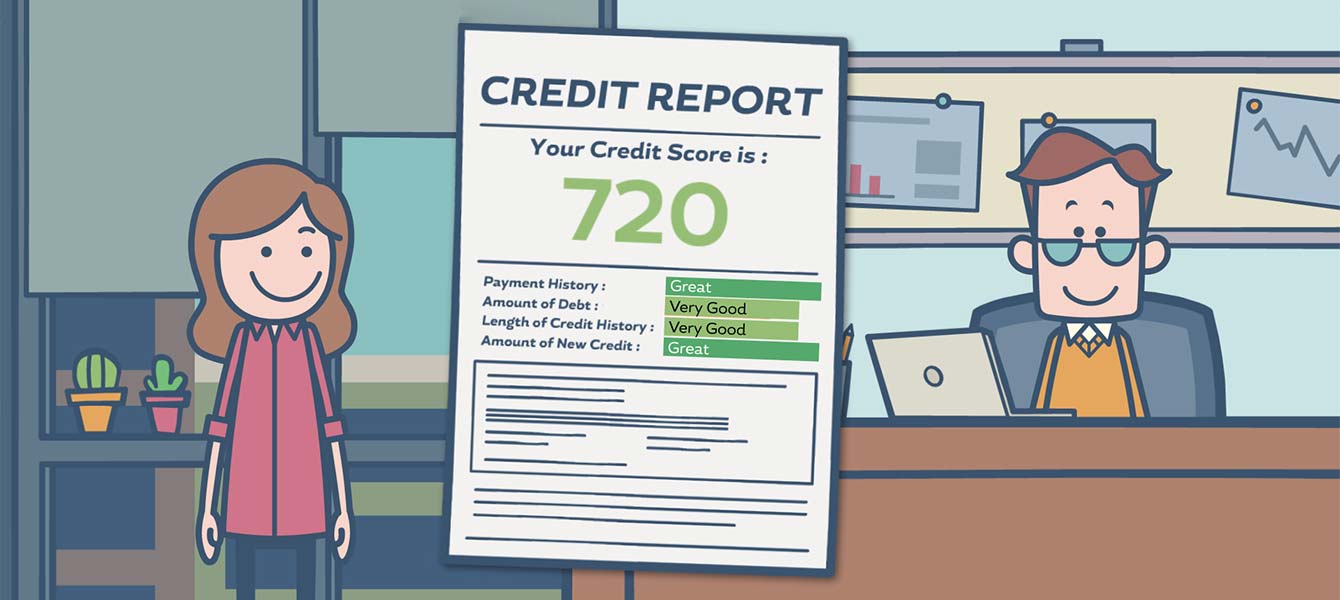
FHA Loan Articles
September 8, 2023Borrowers considering an FHA loan should be familiar with some basic loan terminology. These loans are popular among first-time homebuyers and those with lower credit scores because they often offer more flexible eligibility requirements and lower down payment options.
September 2, 2023You may have heard the terms co-borrower and cosigner in connection with your FHA loan process, but aren't sure about the distinction. Both a co-borrower and a cosigner can help a primary borrower qualify for a mortgage, but they have different roles and responsibilities.
August 27, 2023The Federal Housing Administration has specific credit requirements and guidelines for borrowers looking to buy or refinance homes with an FHA loan. In addition to what FHA guidelines state, lenders may have more stringent requirements that may vary from one lender to another.
August 23, 2023Mortgage APR (Annual Percentage Rate) and a loan's interest rate are two different things, although they are closely related. Understanding the difference is an important part of a borrower's analysis of the true cost of their mortgage.
August 19, 2023FHA refinance loans allow homeowners with existing FHA loans to refinance their mortgages. These loans are designed to help borrowers take advantage of lower interest rates, reduce their monthly mortgage payments, or access equity in their homes for various purposes.
August 14, 2023FHA loans typically require a minimum down payment of 3.5% of the purchase price of the home with the right credit score. This means that if you're buying a house for $240,000, you would need to make a down payment of at least $8,400.

